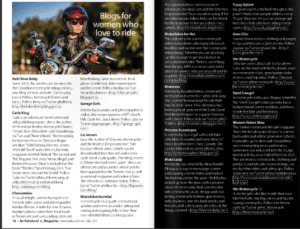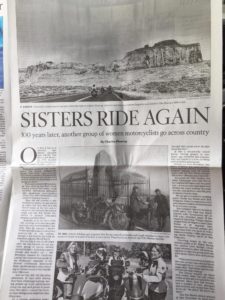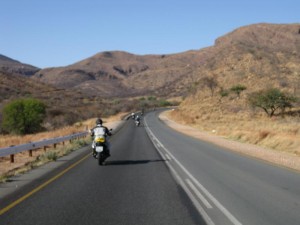
Collaring a leopard
I have so much to tell you about Namibia (it’s been building up the month I have been here.) But first, the reason we are here: Studying Leopards, Cheetah and Elephants.
I am here working for Biosphere Expeditions through the middle of December. I’m the expedition leader, which means that I am in charge of group safety, group dynamics, logistics, and a whole array of other things with a list too long to type! I am working with Vera Menges, who is here researching leopards for her PhD. She also works for Biosphere (she and I together head the group) and her PhD study is in conjunction with IZW of Berlin, Germany. IZW has a compound on Okambara where Biosphere is also based.
Yesterday we captured and collared a male leopard–a highlight for the group. He was a whopping 69 kg, which is 151.8 pounds!!! I was lucky (?) er, [Mom stop reading here______________________________________] 🙂
to help Vera go and place a sun shade on the box trap while we waited for the veterinarian to arrive. Here’s what an angry wild cat looks like up close and personal:

And here’s Vera doing most of the work covering him while I stood in awe–and mostly away– (and took pictures of course):
Angry Kitty!
Then he rolled over onto his side and continued to growl and hiss at us.
It’s one thing to see documentaries on wild animals, and I tell you it’s quite another thing to be up close and personal with them. My own animal instincts took over and all my hair raised on end. It was both terrifying and exhilarating.
Okay, so the veterinarian came to the farm (a 3 hour drive from Windhoek) and we gathered the volunteers
and set up a field work station
and the vet built the dart while the team readied the radio collar
and then they went to work.
They took blood samples, hair samples, took ID pictures, weighed the animal, and ran an IV drip so he would not overheat. There was also a monitor on his tongue to record pulse rate and pulse oxygen. 
Then they fitted a collar. Because the neck of leopards is roughly the same size as the head this is a tricky business. The collar has to be tight enough not to come off, but loose enough not to strangle the animal. The animal also has to be mature because the neck grows as the animal does.
The drugs they give the cat caud his eyelids to stay open. So they cover them so they don’t get damaged by the light.
Then wen all the work was done we got to take a few self-interest pictures. Pictured are Andrew, a volunteer (behind the IV bag), Vera, and Maria and Krista our kitchen staff. They’d been asking me about our work here and I invited them so they could take part in this exciting event.
Giddy with elation and satisfaction? Yes. I have touched a wild leopard.
In about two weeks we will get the first data from the leopard’s collar.
###















Add A Comment
You must be logged in to post a comment.